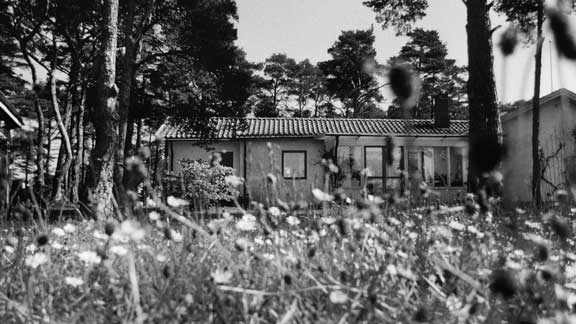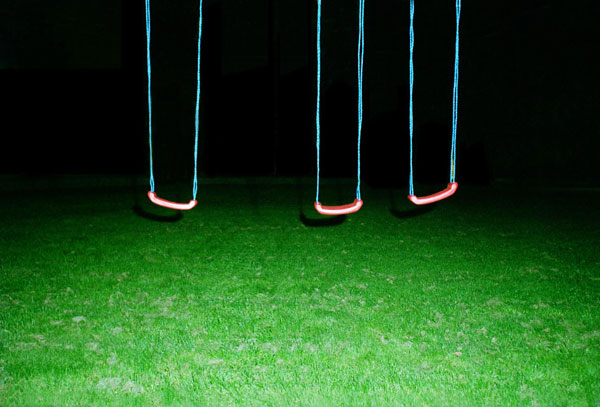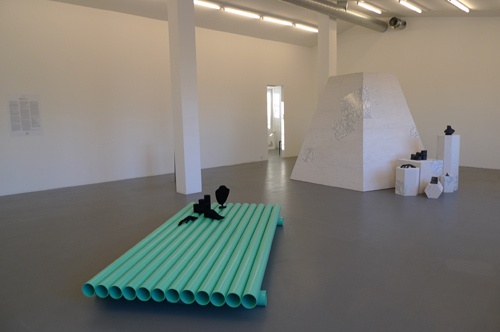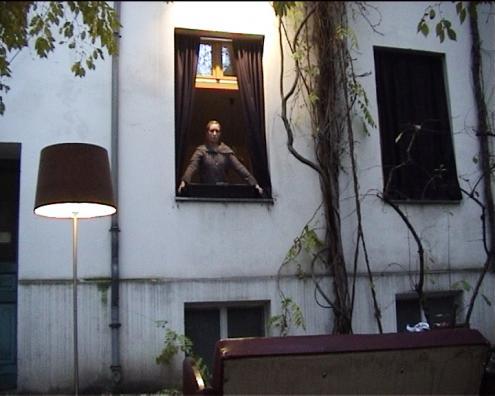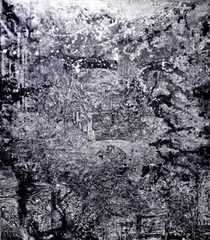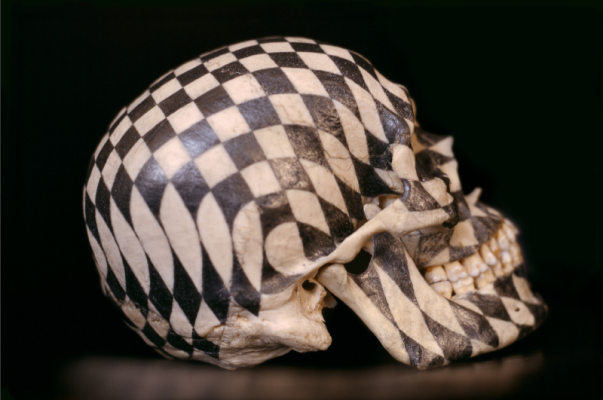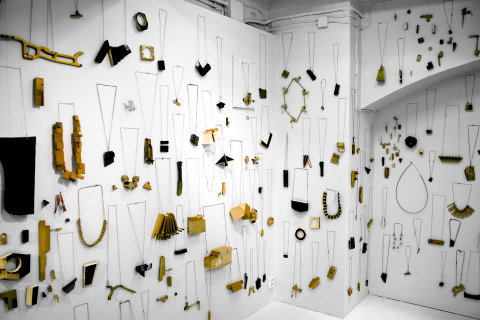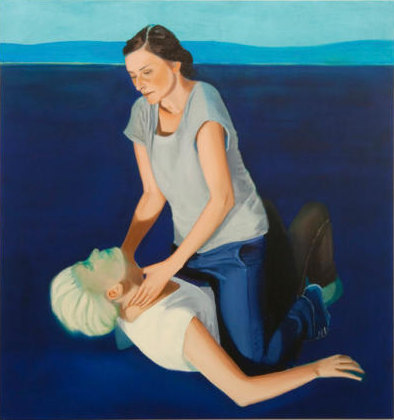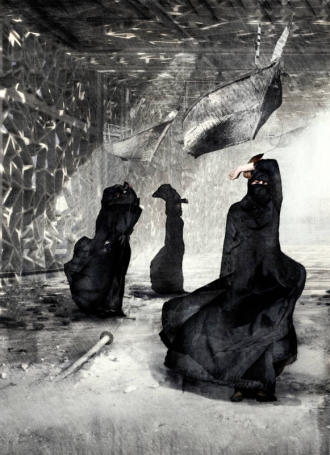| Sara Jordenö, The Set House (Hedvig), 2010, image: Petrus Sjövik / Sara Jordenö |
Recently displayed alongside 53 other artists in Moderna Museet’s recent ”Modernautställningen 2010″—held every four years and constructed with the intention to represent the current Swedish contemporary art scene—Swedish artist Sara Jordenö shared her ongoing work, titled Persona Project/Persona-Projektet, 2000-2010. Born 1974 in Umeå but currently residing in New York City, Jordenö’s background in creative writing influences her creations, which are primarily text publications, image-based film/video/photography and installation. More »
